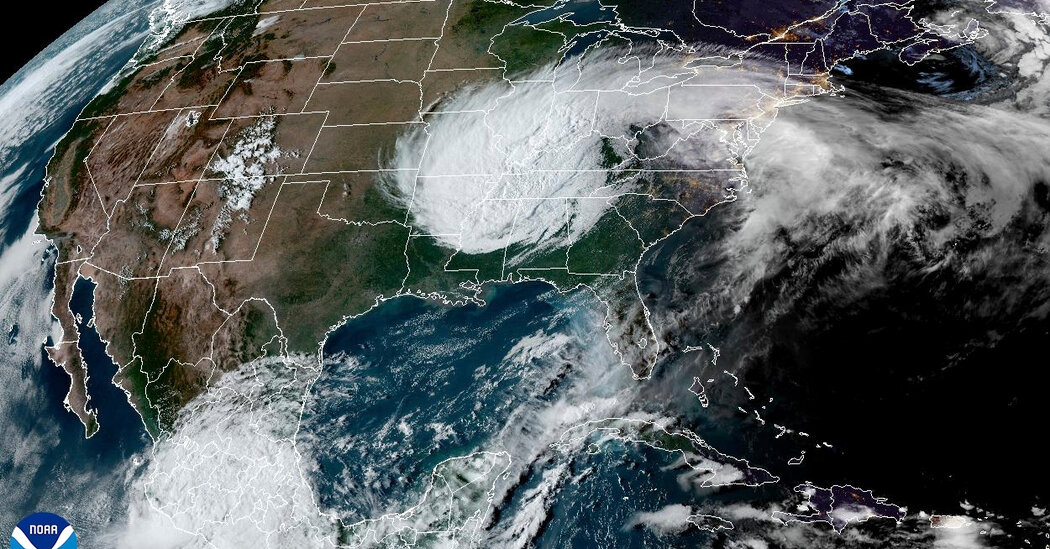After Helene, it may be time to rethink how to communicate the risks posed by storms, especially extreme rain.
By the time Hurricane Helene reached western North Carolina a week ago, causing devastating floods, it was no longer a hurricane.
This hints at the challenges in alerting the public about the risks that storms can bring inland, and also to the changing understanding of what makes these storms so dangerous.
“We’re realizing more than ever how deadly inland flooding is,” said Carl Schreck, a hurricane researcher at North Carolina State University, who was in his home near Asheville, N.C., when Helene struck.
Before a hurricane hits, news headlines usually highlight the category of a storm and its wind speeds, he said. But after the storm hits, the headlines tend to be about the rain.
That familiar five-point category rating, known to experts as the Saffir-Simpson scale, is the main way that the public understands a hurricane’s strength.
But the category rating is based only on wind speeds. It leaves out all of the other ways hurricanes can do damage, like storm surges, tornadoes and rain-caused flooding.
